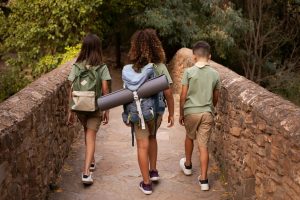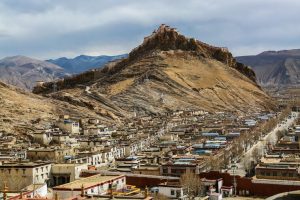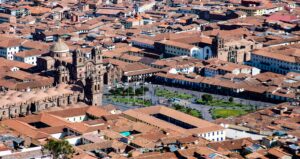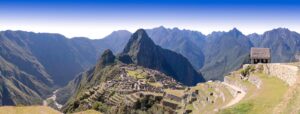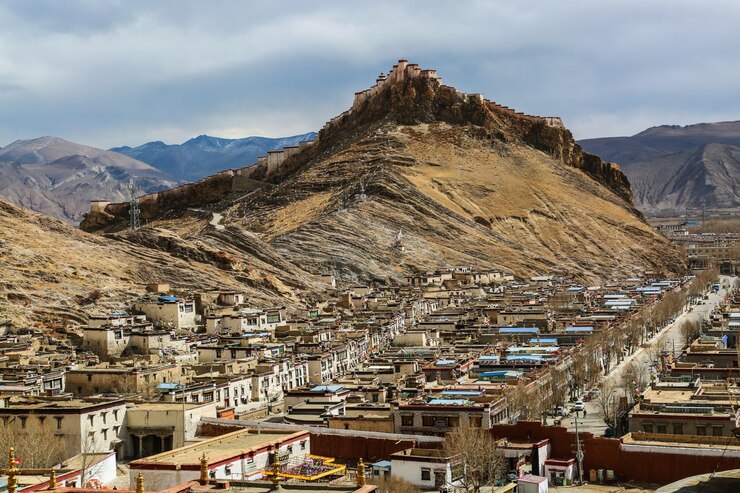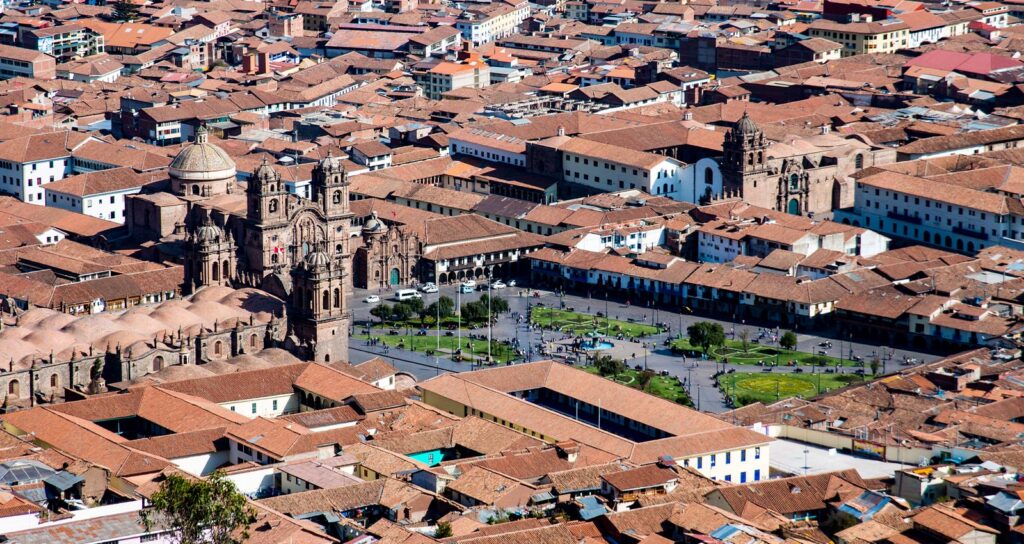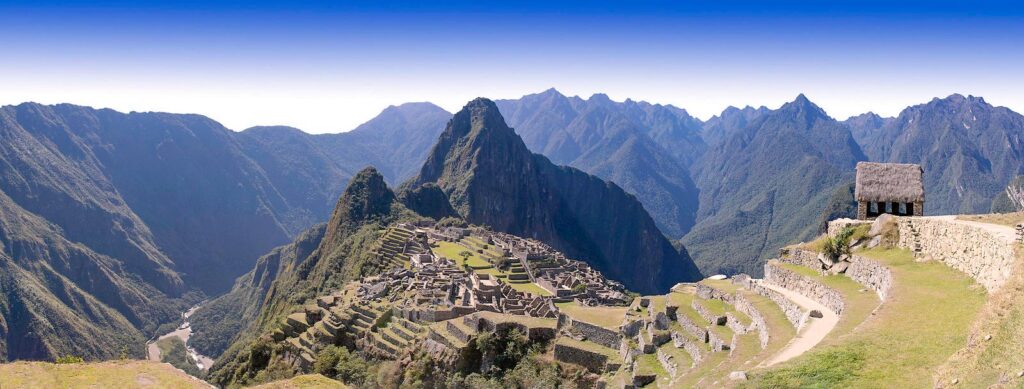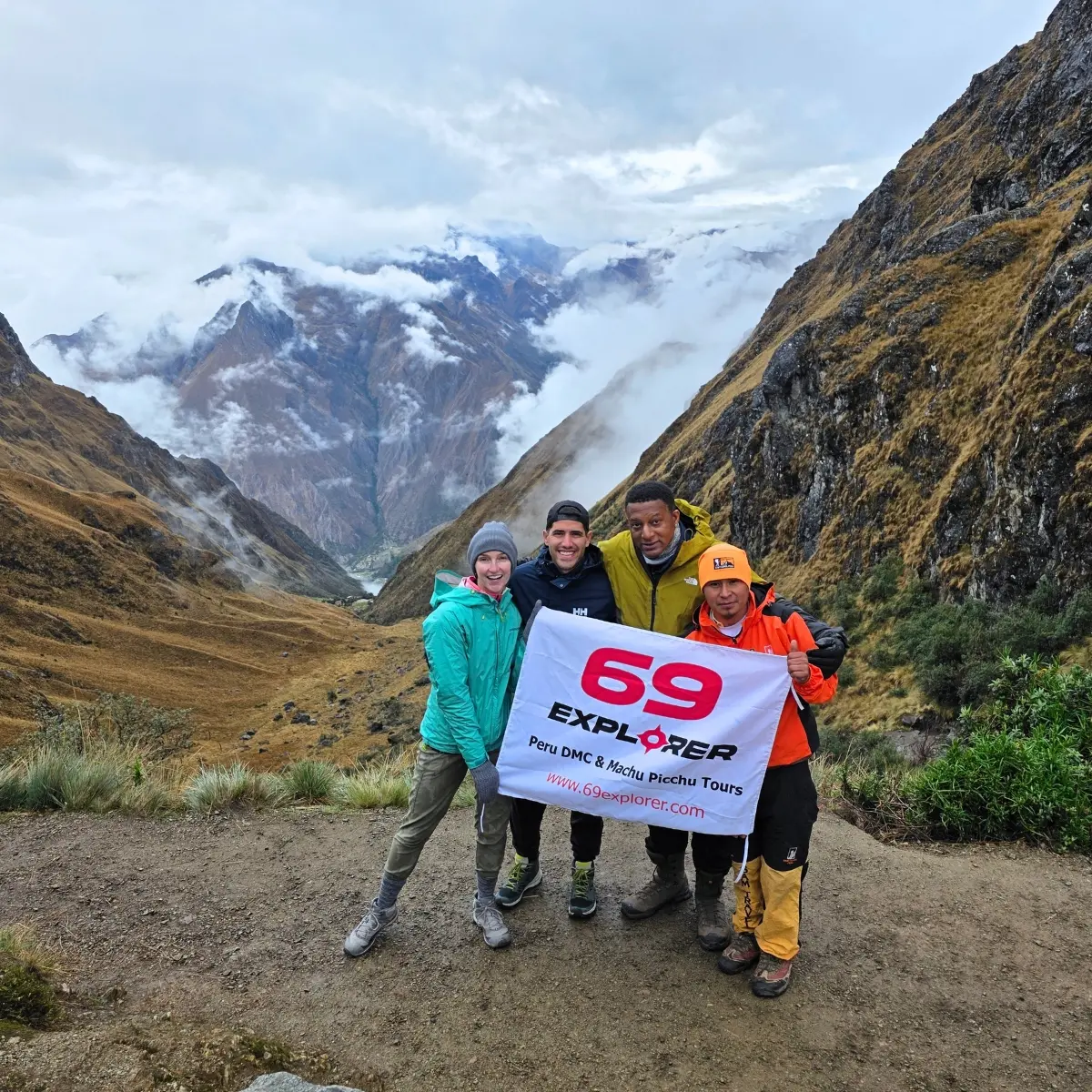Al final del Camino Inca, verá el prodigioso Machu Picchu y colmará todas sus expectativas, conocerá la historia y se maravillará ante el ingenio de los constructores incas. Pero antes de llegar a Machu Picchu conocerá otras ruinas incas que le asombrarán y maravillarán con historias de antiguas civilizaciones enclavadas en un telón de fondo de altas cumbres andinas situadas entre verdes paisajes.
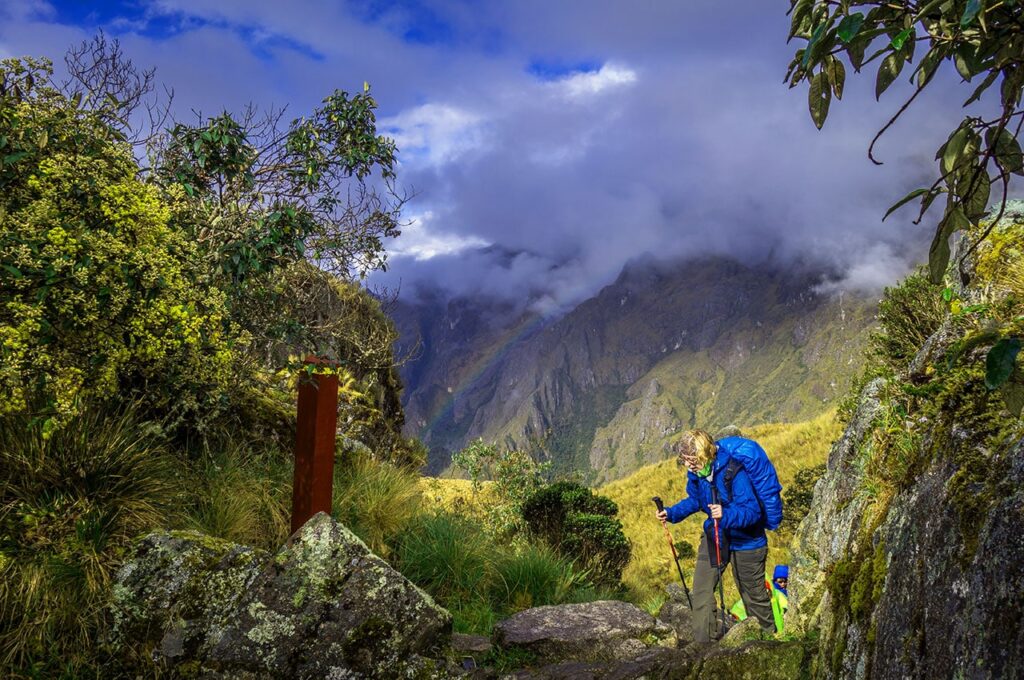
Esta es una lista de todas las ruinas incas que verá en su caminata de 4 días a Machu Picchu.
Ruinas incas
Patallacta or Llactapata
Patallacta es el primer sitio a lo largo del Camino Inca Clásico, el sitio se encuentra a 2840 metros sobre el nivel del mar. Los historiadores creen que el sitio fue un complejo de apoyo agrícola y administrativo a Machu Picchu. El sitio cuenta con impresionantes terrazas que abastecían de cultivos a Machu Picchu. Tras sólo 6 km de caminata, llegará al primer conjunto de ruinas del Camino Inca. Hiram Bingham, famoso por descubrir Machu Picchu, fue el primer occidental que observó este lugar en 1912. No se investigó a fondo hasta 2003 en una expedición dirigida por Thompson y Ziegler.
Runkurakay
Runkurakay es una construcción semicircular que se levantó por encima de las nubes. Rodeada de exuberante vegetación, se encuentra a 3.760 metros sobre el nivel del mar. Disfrutará de una visita guiada, así como de algunas de las mejores vistas del sendero. Desde Runkurakay podrá ver el famoso Paso de la Mujer Muerta, que es el punto más alto del Camino Inca. Se cree que este lugar era una estación administrativa y parada de descanso para los mensajeros del camino. Estos corredores transmitían mensajes a lo largo del camino. Eran la única forma de comunicación entre las distintas ciudades incas y los grupos de viajeros.
Sayacmarca
Sayacmarca está encaramado en la cima de una montaña a 3.600 metros sobre el nivel del mar. Desde Sayacmarca hay vistas al valle de Aobamba y a la montaña de Pumasillo. El yacimiento está compuesto por senderos y recintos organizados. Los expertos creen que se utilizó con fines ceremoniales y astrológicos durante el Imperio Inca. Sayacmarca se traduce aproximadamente como ‘Pueblo al que no se puede entrar’. Para llegar a Sayacmarca hay que subir 98 escaleras de piedra excavadas en la ladera de la montaña. El yacimiento está dividido en el templo del Sol y la zona residencial con estrechos pasillos. La civilización colla construyó originalmente esta estructura. Durante la época de la civilización inca, los constructores añadieron canales de agua al templo y a las casas.
Phuyupatamarca
Phuyupatamarca es conocido como un lugar en las nubes. El sitio se compone de terrazas excavadas en la montaña, numerosos recintos y baños rituales, los baños aún se reabastecen gracias a un río subterráneo. Phuyupatamarca es el equilibrio prefecto entre el ser humano y la naturaleza, con magníficas estructuras rodeadas de lo mejor de la madre naturaleza. Las vistas de Intipata y Winaywayna también son impresionantes.
Intipata
Intipata es considerada por muchos como una joya escondida. Al estar muy cerca de Machu Picchu se cree que fue utilizada con fines agrícolas, ya que hay canales de agua que alimentan todas las terrazas de Initpata. En tiempos de los incas, Intipata se utilizaba como atajo hacia Machu Picchu. Es uno de los conjuntos de terrazas más empinados e impresionantes del Camino Inca. Aquí se cultivaban papas, maíz, oca, quinua y hojas de coca.
Winay Wayna
Winay Wayna, un lugar realmente impresionante, está situado a 3800 metros sobre el nivel del mar, a sólo 4 km de Machu Picchu. Las secciones superior e inferior de la vivienda están unidas por fuentes y canales. No se sabe con exactitud para qué servía el sitio. La mayoría de los historiadores sugieren que Winay Wayna fue un centro agrícola y almacén de alimentos. Es probable que también fuera un centro administrativo y espiritual. Este es posiblemente el sitio más impresionante de las ruinas incas en la ruta a Machu Picchu. Este es el último campamento en el Camino Inca, el sitio cuenta con enormes terrazas grabadas en la montaña. Encima de Winay Wayna hay una cascada y las vistas del río Urubamba y el monte Verónica son más que impresionantes.
Inti Punku
Al final del Camino Inca, después de haber subido los escalones del Gringo Asesino, llegará a Inti Punku, desde aquí tendrá una vista espectacular de Machu Picchu. En tiempos de los incas sirvió como punto de ingreso o control a Machu Picchu. También se utilizaba con fines ceremoniales y para rendir culto a Inti, el dios del sol, durante el solsticio de invierno. Esta estructura se ubicaba explícitamente en una cresta de la ladera oriental de Machu Picchu. Durante el solsticio de verano, el sol pasa directamente a través del arco. Independientemente de su espiritualidad, presenciarlo es una experiencia fascinante. Hoy los caminantes son recompensados con el amanecer sobre Machu Picchu al final del Camino Inca.
Machu Picchu
Bueno, no está en el Camino Inca, pero hay que darle su merecido a Machu Picchu. Situada a 2.400 metros sobre el nivel del mar y encajonada entre los Altos Andes y la selva tropical, la zona es rica en historia antigua, flora y fauna. Hasta la fecha, la finalidad exacta del complejo sigue siendo un misterio. Sus templos, terrazas, murallas, palacios y recintos dejan maravillados a visitantes y expertos. La Ciudadela fue abandonada en 1530 tras la llegada de los españoles a Perú. Afortunadamente, los conquistadores europeos no descubrieron ni destruyeron el intrincado trabajo en piedra. Muchas de las estructuras de Machu Picchu permanecen intactas para que podamos maravillarnos hoy en día. Realice una visita guiada alrededor de las ruinas, aprenda la historia de la Ciudadela Inca, después de su recorrido tendrá tiempo libre para explorar y tomar fotos.
How to prepare for the Inca Trail

- Reserve con una agencia de viajes: El gobierno peruano exige que un guía profesional acompañe a todos los excursionistas. Solo se permiten 500 personas al día en el Camino Inca, así que asegúrate de organizar tu permiso y guía privado o reserva una excursión con antelación.
- Preparación física: El Camino Inca no es una broma e incluso aquellos que están razonablemente en forma pueden encontrarse sin aliento en la caminata. Es muy recomendable, por lo menos, ir de excursión antes de su viaje con el equipo que llevará en el Camino Inca. Es una gran manera de asegurarse de que sólo empaca lo que puede manejar. Si quieres mejorar tu forma física antes del viaje, el ejercicio cardiovascular es una buena forma de aumentar tu resistencia, y el entrenamiento con pesas fortalecerá la parte superior del cuerpo y las piernas.
- Preparación mental: Preparar la mente es tan importante como preparar el cuerpo. Hay partes de la caminata que te parecerán fáciles y otras en las que te cuestionarás tu capacidad para terminar el recorrido. Tienes que superar esos momentos difíciles y mantener tu motivación en mente para ayudarte a llegar a tu destino final.
La civilización Inca es una de las culturas más fascinantes y brillantes que han existido. A través de sus antiguos yacimientos podemos hacernos una idea de cómo vivían y trabajaban. Vea su espiritualidad y cómo trabajaban con los elementos y la madre naturaleza. Reserve su Camino Inca hoy, reserve pronto para evitar decepciones.

